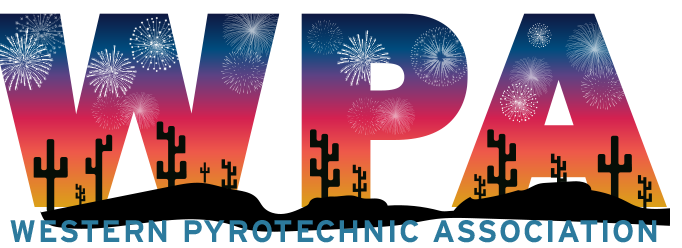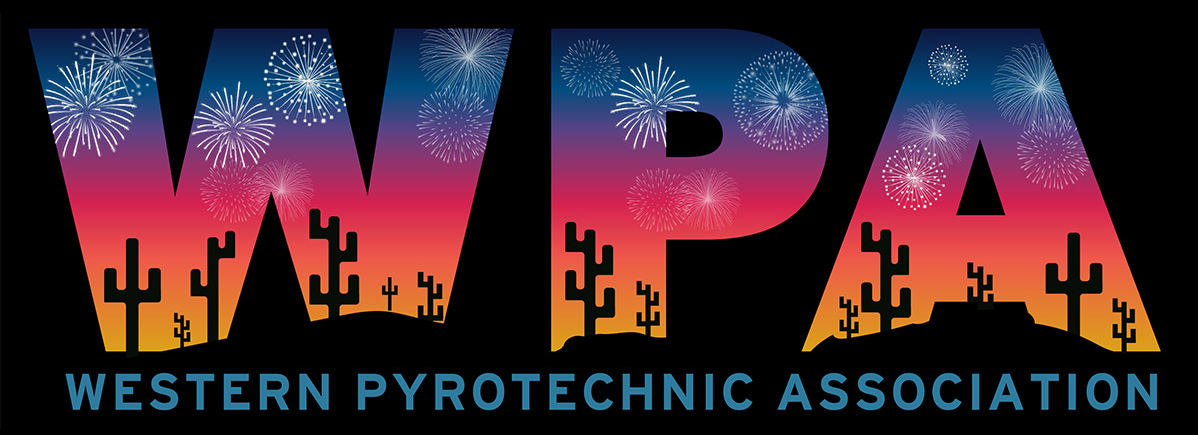Below is the MOST CURRENT 2024 WinterBlast event schedule. All classes, sessions, seminars, etc. are subject to change without notice. Please check for the most up-to-date information about the event. Click the event title to read more about the event and its presenters.
PLEASE NOTE, ALL EVENTS ARE IN MOUNTAIN TIME (MT)
5″ Ball Shell Workshop – Part I, Introduction to Ball Shells
Seminar | Tent 1
Thursday, 02/15
10:00 AM to 11:00 AM
Jim Widmann | Mike Garrett
Lecture session – Have you ever wanted to build a round ball shells? Then this workshop is a good place to start. This workshop will teach you how . . .
PGI Shooter’s Certification Course – Lecture
Seminar | Tent 1
Thursday, 02/15
12:00 PM to 5:30 PM
Josh Lazarus | John Steinberg | Paul Smith
This course is an accepted safety course for licensing in many states. It is a must do course for anyone who wants to increase their knowledge of . . .
CASFM Licensing Procedures and Current Topics
Seminar | Tent 1
Friday, 02/16
9:30 AM to 11:00 AM
Caleb Phillips | Vijay Mepani | Margo Lund
This course will be taught by representatives from the California Office of the State Fire Marshal. Topics include Regulations Update, an overview of . . .
Pyrotography – How to Set Up and Take Killer Fireworks Photos
Seminar | Tent 1
Friday, 02/16
11:15 AM to 12:15 PM
Tom Calderwood | Tom Handel
Photographing fireworks with a digital camera is a challenge. Tom is an accomplished fireworks photographer who will give many tips during this . . .
Getting the most out of Electrical Firing and Wiring: the basics
Seminar | Tent 1
Friday, 02/16
1:15 PM to 2:15 PM
Don Kark
A lot of people use their electrical firing systems today with a bit of luck. They run their wires, attach their e-matches, and hope for the best. . . .
One Island – 72 Fireworks Factories
Seminar | Tent 1
Friday, 02/16
2:30 PM to 3:45 PM
Mark Devon | Mitch Piatt | Kevin Mather
This presentation will begin with international man of mystery and wanna be Maltese shell builder Mark Devon doing a slide show travelog style about . . .
Chlorate and Colored Flames in 19th Century Pyrotechny
Seminar | Tent 1
Friday, 02/16
4:00 PM to 5:00 PM
Barry Sturman
The addition of potassium chlorate to the pyrotecnist’s stock of ingredients in the early 19th century led to the development of a full range of . . .
Getting an ATF Explosive License/Permit
Seminar | Tent 1
Saturday, 02/17
10:00 AM to 11:00 AM
Joey Rothman | Paul Smith | John Steinberg
What is the ATF and why should you care? This seminar will go over the ins and out of getting an ATF explosive license/permit for commercial and . . .
The Many Interests of Ken Kosanke
Seminar | Tent 1
Saturday, 02/17
11:15 AM to 12:15 PM
Bonnie Kosanke
This collection of videos was prepared by Ken Kosanke and presented at WWB XIX and revised for WWB XXIV. Ken showed many interesting pyrotechnic . . .
62″ Mortar Design, Mathematical Model and Results
Seminar | Tent 1
Saturday, 02/17
12:30 PM to 1:15 PM
Eric Krug | Jim Widmann
A team was formed in North America to attempt the launch of a 1,575 mm aerial shell with the goal to obtain a new world record. The design of large . . .
Modern Spectacle: Design, Technology, Considerations and Management
Seminar | Tent 1
Saturday, 02/17
1:30 PM to 3:00 PM
Eric Tucker | Martin Hildeberg | Patrice Guy | Peter Rogoz
A roundtable discussion of show design concepts with some of the most accomplished pyrotechnicians in the world. Discussions include creative . . .
Secondary Colors in Pyro: Orange, Yellow, Cyan and Purple
Seminar | Tent 1
Saturday, 02/17
4:00 PM to 5:00 PM
Steve Majdali | Joel Baechle
The palette of colors available in pyrotechny is pretty much determined by certain emitting species limited to strontium, barium, copper, sodium and . . .
Tingles & Goosebumps: Resonance in Response to Pyrotechnic Arts
Seminar | Tent 1
Sunday, 02/18
12:30 PM to 1:30 PM
Collin van Uchelen
Pyrotechnic arts can have an impact that we feel both in our bodies and in our emotions. At times, we are thrilled by awesome brilliance and shocking . . .
Where Do Stars Come From?
Seminar | Tent 1
Sunday, 02/18
1:45 PM to 3:00 PM
Joel Baechle
Over, under, sideways, down, backwards, forwards, square and round – how do we make stars? What is a star, what are the various kinds and how are . . .
Finales Roundtable
Seminar | Tent 1
Sunday, 02/18
3:00 PM to 4:00 PM
Sam Bruggema | Don Kark | Scott Danielson | Aaron Enzer
An open discussion about the many ways to approach, assemble and fire a finale. Discussion will address budgets, electrical versus hand fire, types of . . .


